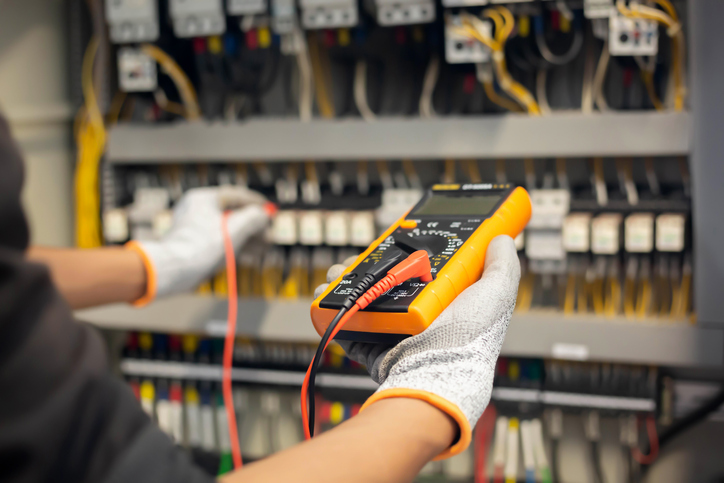If you’re someone who works with circuits, whether it be in a role as electrical contractors, an engineer, or even a hobbyist, you know that circuit problems can be frustrating and time-consuming to fix. But what are the most common circuit problems that you might encounter? Find out the top circuit issues and how to troubleshoot and fix them.
Loose Connections
One of the most common circuit problems is loose connections. When a connection is loose, it can cause intermittent power issues, short circuits, and even fires. To fix a loose connection, you’ll need to tighten any screws or bolts that might be loose and make sure that all wire connections are secure. If you’re dealing with a loose connection in a receptacle or switch, you’ll need to remove the cover plate and tighten the wire connections inside.

Corroded Connections
Corrosion is another common issue that can cause problems in circuits. When a connection becomes corroded, it can cause resistance in the circuit, leading to poor performance or even a complete loss of power. To fix a corroded connection, you’ll need to clean the area thoroughly with a wire brush or sandpaper and then apply a corrosion inhibitor to prevent further issues.
Damaged Wiring
Wiring can become damaged for a number of reasons, such as physical damage, exposure to heat or moisture, or even pests. When electrical wiring is damaged, it can cause a number of problems, including short circuits, intermittent power issues, and even fires. To fix damaged wiring, you’ll need to locate the damaged area and repair or replace the wiring as necessary. It’s important to note that this is a job best left to a professional, as working with electrical wiring can be dangerous.
Overloaded Circuits
When a circuit is overloaded, there is too much electrical current flowing through it, which can cause the circuit breaker to trip or even result in a fire. To fix an overloaded circuit, you’ll need to determine what is causing the overload and either remove the excess load or increase the capacity of the circuit. This could involve moving some electrical devices to a different circuit or adding a new circuit to accommodate the additional load. An overloaded circuit can cause several problems, such as tripping the circuit breaker, designed to protect the circuit from damage. It can also cause appliances to malfunction or not work at all. To identify an overloaded circuit, you may notice that the circuit breaker trips frequently or that certain appliances are not working properly. To fix an overloaded circuit, you may need to redistribute the load across multiple circuits or upgrade the circuit to a higher capacity.
Ground Fault
A ground fault occurs when electricity flows through an unintended path, such as through the ground or through a person, rather than through the intended circuit. This can be caused by several factors, such as damaged wiring, loose connections, or moisture infiltration.
A ground fault can be dangerous, as it can cause electric shock or even electrocution. To identify a ground fault, you may notice that the circuit breaker trips frequently or that appliances are not functioning properly.
To fix a ground fault, you will need to identify and repair the cause of the problem, such as replacing damaged wiring or tightening loose connections. It is important to take care when working with electrical circuits, as they can be dangerous if not handled properly.
Failed Components
Circuit components such as switches, outlets, and even light fixtures can fail over time, causing problems in the circuit. To fix a failed component, you’ll need to identify the failed component and replace it with a new one. It’s important to use the proper type of component for the circuit and to follow all safety guidelines when working with electrical components.

Conclusion
The most common circuit problems are loose connections, corroded connections, damaged wiring, overloaded circuits, and failed components. To fix these issues, you’ll need to tighten any loose connections, clean and inhibit corrosion, repair or replace damaged wiring, address overloaded circuits, and replace failed components. While some of these tasks can be tackled by a DIY enthusiast, it’s always best to consult with a professional, like your local electrical contractors, if you’re not comfortable or experienced working with electrical circuits. Overall, it’s important to pay attention to potential circuit problems and address them promptly to ensure the safety and proper functioning of your electrical system.






